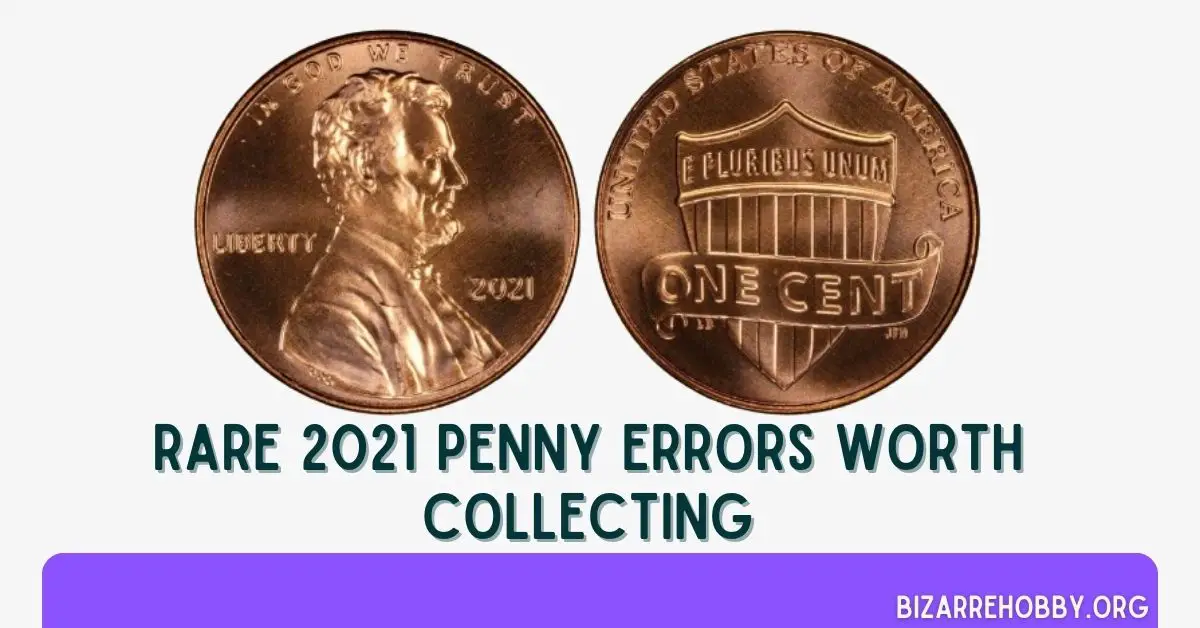Pennies are among the most collected coins due to their widespread availability. However, they’re also costly for the mint to produce, with each penny costing nearly 3 cents to make. That said, a penny with a minting error can be quite valuable for lucky collectors. Let’s explore this 2021 Penny Errors List to identify which coins you should keep an eye out for in your change.
1. 2021 (P) Penny Die Crack Error
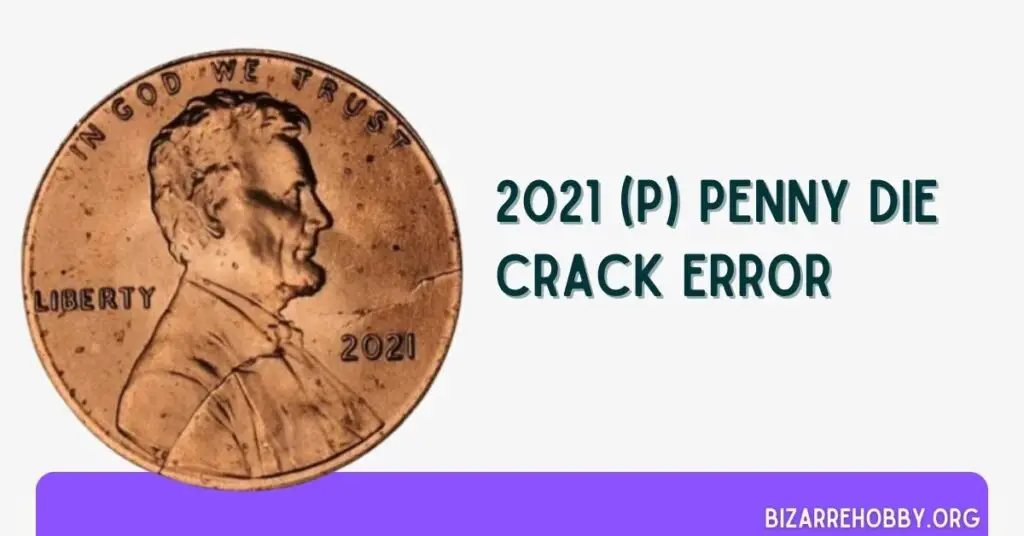
Philadelphia, as the first branch of the US Mint, initially didn’t have its own mint mark. The P mint mark has only appeared in special circumstances, such as on wartime coins (1942 to 1945), the Susan B. Anthony Dollar (1979), and most coins after 1982. For pennies, the P remained absent except in 2019 for the mint’s 225th anniversary.
In 2021, Philadelphia Pennies have no mint mark, but some feature a dramatic error. Certain coins display a rim-to-rim die crack across Lincoln’s chest. This error almost resembles a lamination error but doesn’t reveal the zinc core beneath. Depending on the coin’s condition, it can be worth between $30 and $800.
2. 2021 (P) Penny Cud Error
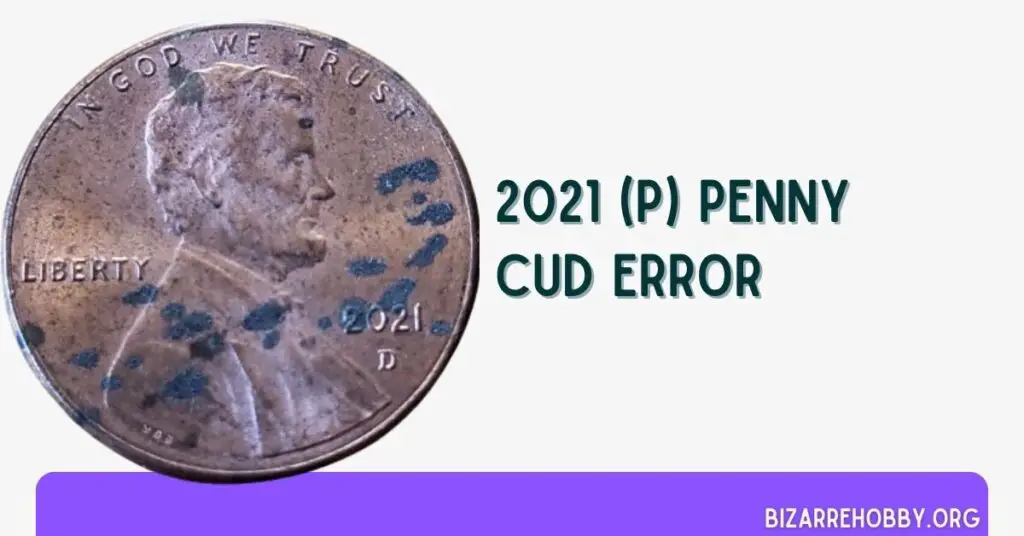
The coin production process involves creating an 8″ model, which is then reduced at the mint. This process, taking several days, produces a Galvano used to make a hub, which in turn creates dies. These dies can produce tens or even hundreds of thousands of coins before wearing out.
As dies age, they may be repolished to extend their lifespan. In their final stages, they can develop cracks, breaks, and gashes that transfer to the coins they produce. These are sometimes called cud errors. This particular error is similar to the die break mentioned earlier, but the damage is more severe, resulting in a dent or scooped-out section obscuring the mint date.
3. 2021 Penny Defaced Obverse and Reverse
While professional coin grading can significantly increase a coin’s resale value, the fees (starting around $30 before shipping) from major grading companies like NGC, ANACS, and PCGS may not always be cost-effective for lower-value coins.
An alternative approach is to take high-quality photos, provide a detailed description of the error, and sell the coin on platforms like eBay. This unverified 2021 Penny sold for $822 due to errors on both its obverse and reverse sides – traces of a 2019 Texas ATB Quarter facing the wrong way. This could be physical damage from a hot, heavy object pressing the quarter into the penny.
4. 2021 (P) Penny Rim Die Break
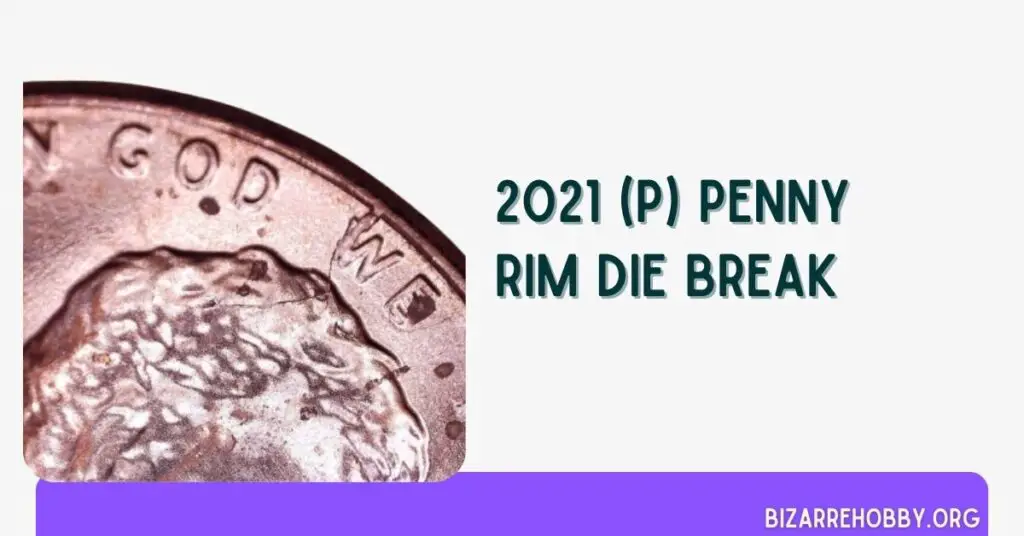
Die breaks occur as dies age and wear out. Early Lincoln Cents from 1909 had higher relief designs, requiring more frequent die replacements. Over time, the relief was lowered to reduce costs, extend die lifespan, and improve coin stackability. However, all dies eventually deteriorate after thousands of strikes.
This particular Philadelphia Penny shows a die break on the side rim above “UNI” in “United States”. The error makes that part of the rim appear to be peeling off, forming a wedge shape from the edge that bleeds into the rim. This likely resulted from a piece of the die breaking off, causing excess metal to accumulate on the rim. This minting error is valued at approximately $16.
5. 2021 (P) Penny Reverse Strike Thru Error
The visibility of a mint error doesn’t always correlate with its value. This error is visually striking – on the reverse of the coin, in the upper left of the Union Shield, there’s a noticeable blemish resembling damage from hot metal or perhaps a bullet impact. While unverified, it appears to be a strike-through error from an unknown object.
This coin sold on eBay for around $20 due to its obvious flaw, despite the unclear source of the error. A similar error on a higher-grade coin, especially a red or red-brown penny, could fetch a higher price. However, the decision to have the coin professionally graded should be carefully considered, as grading fees may exceed the selling price for this particular error.
6. 2021 (P) Penny Reverse Grease Error
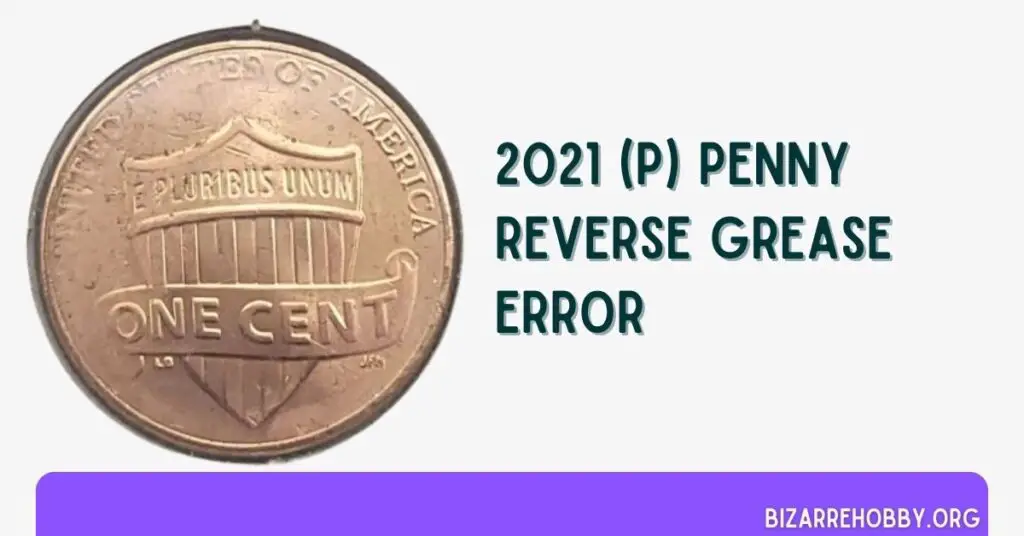
Modern coins are typically struck only once due to digital design and minting processes. However, other factors can still cause errors on coins. For instance, grease may accidentally get onto the planchet, creating an unwanted layer of lubrication or obstruction.
In this case, grease covered the upper rear rim of the coin, making it slippery. This caused the die to lose contact with the coin during striking. As a result, part of the legend “United States of America” was not properly impressed onto the planchet. The words “States of” and “Am” in “America” are missing and appear to have faded off the coin. This error coin sold on eBay for approximately $15.
7. 2021 (P) Penny Obverse and Reverse Die Break
Some 2021 Pennies exhibit errors that seem to overlap on both sides of the coin. While these errors are often unverified, they can still fetch around $200 when sold on platforms like eBay.
This particular error (or possibly a combination of errors) stems from a die break on the obverse that partially obliterates the date (2021) and the surface below it. The absence of a visible mint mark suggests it’s a Philadelphia coin. On the reverse, the phrase “States of America” has partially faded due to a die chip.
8. 2021 (P) Penny Obverse Spike Error
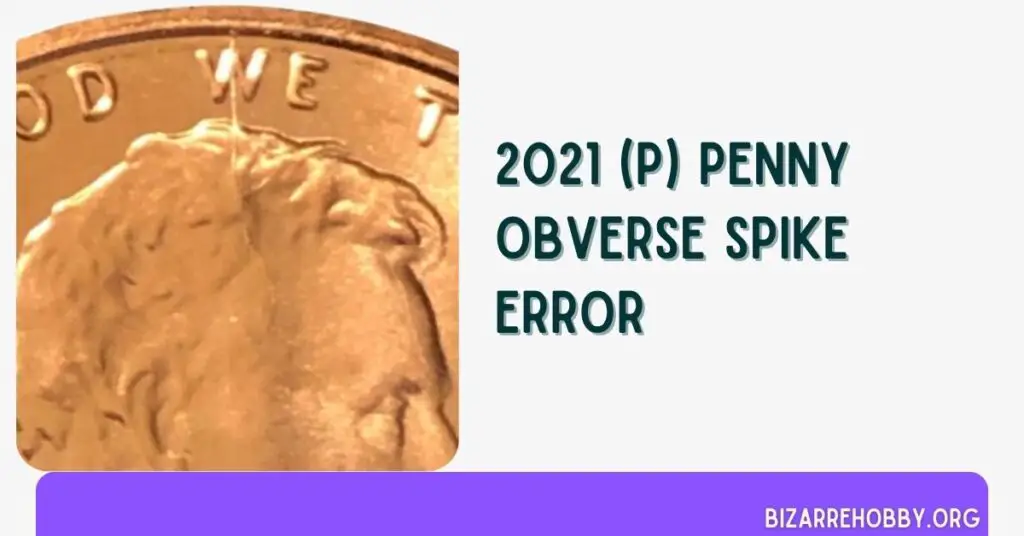
The addition of “In God We Trust” to the Lincoln Cent has an interesting history, resulting from disagreements between the Chief Mint Engraver Charles Barber and the outsourced designer Victor David Brenner. Barber’s decision to lower Lincoln’s portrait on the coin left extra space at the top, which was filled with the motto.
On this 2021 penny error coin, a die crack above the motto created a spike above Lincoln’s head. The die chip starts from the “W” in “We” and extends down into Lincoln’s hair.
9. 2021 (P) Penny Struck Off-Centre
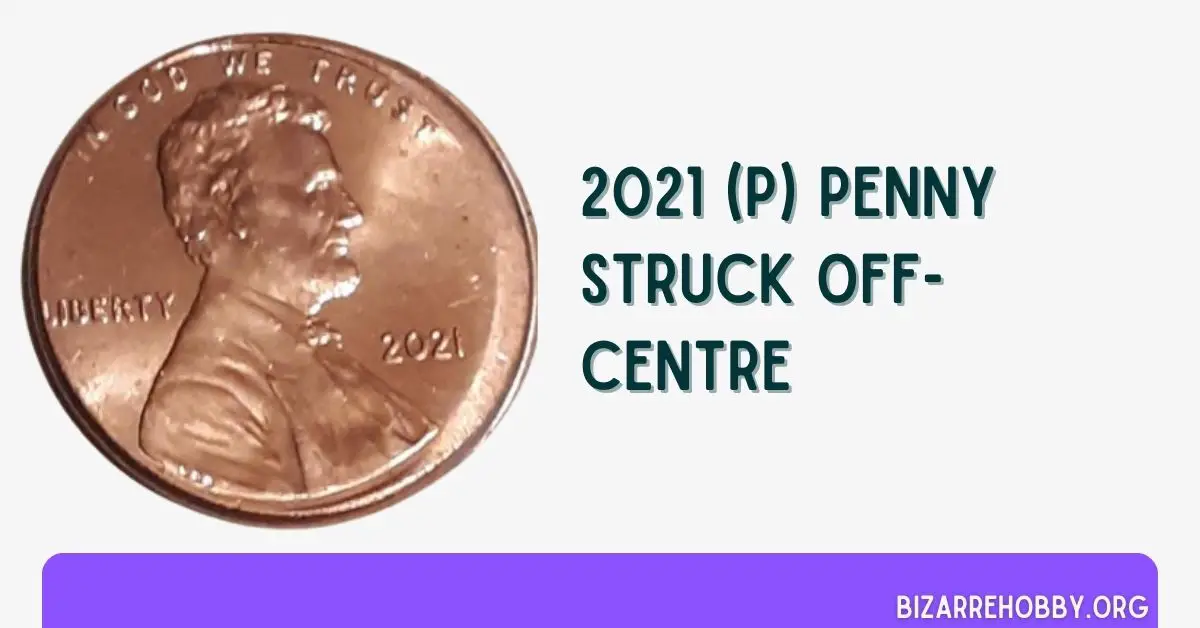
Off-center strikes occur when the planchet is misaligned between the dies during striking. This results in part of the planchet remaining unstruck and some design elements being cut off.
The severity of an off-center error is usually measured by the percentage of blank space. This 2021 Penny shows a slight off-center strike, with empty space visible on the lower right obverse and upper right reverse. Parts of “L” in “Liberty,” “In” from the motto, and “United” on the reverse are truncated. The coin’s rim remains intact. This mint error typically sells for $20 to $30.
10. 2021-D Penny DDR and DDO
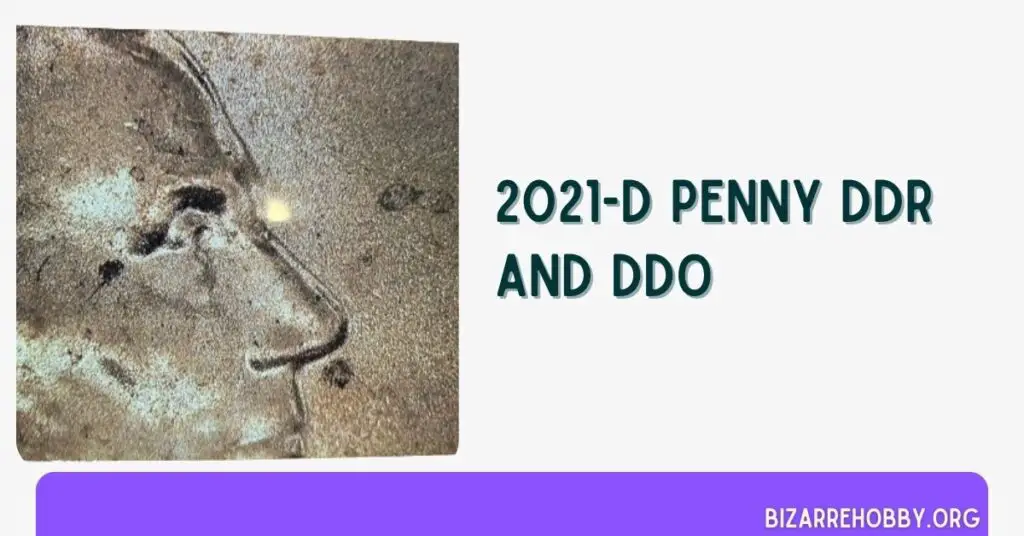
This penny exhibits both a Doubled Die Obverse (DDO) and Doubled Die Reverse (DDR) error. These errors occur during die production when the hub strikes the die multiple times, with slight movement between strikes. This creates a doubling effect on the die, which is then transferred to every coin it strikes.
Doubling is most noticeable on numbers and letters, though it can sometimes be seen on Lincoln’s eye or ear on the obverse. On the reverse, check for doubling on “One” in the denomination. Despite having multiple errors, this coin sold for only $10 in the secondary market.
11. 2021 (P) Penny Strike Thru Error
A strike-through error occurs when a foreign object gets between the die and the planchet during striking. The pressure of the die presses the contaminant onto the coin, sometimes fusing it permanently or leaving an imprint.
One unverified strike-through shows a piece of string cutting through the words “In God” above Lincoln’s head, with an asking price of about $20 on eBay. Another example has a rough diagonal shard above the date, resembling a graze from harsh, hot metal. This coin sold for just $7.
These errors demonstrate the variety of minting mistakes that can occur and the range of values they can command in the collector’s market.
Final Thoughts
The 2021 penny errors showcase a fascinating array of minting mistakes that can significantly increase the value of these common coins. From die cracks and cuds to grease errors and off-center strikes, these imperfections offer collectors unique opportunities to enhance their collections.
For collectors and coin enthusiasts, these 2021 penny errors demonstrate that even the most common coins can hold unexpected value. When examining your change, pay close attention to any unusual features, as they might just be worth far more than a cent. Remember that while professional grading can increase a coin’s value, it’s not always cost-effective for lower-value errors. In such cases, good photographs and detailed descriptions can help you market your find to other collectors.
